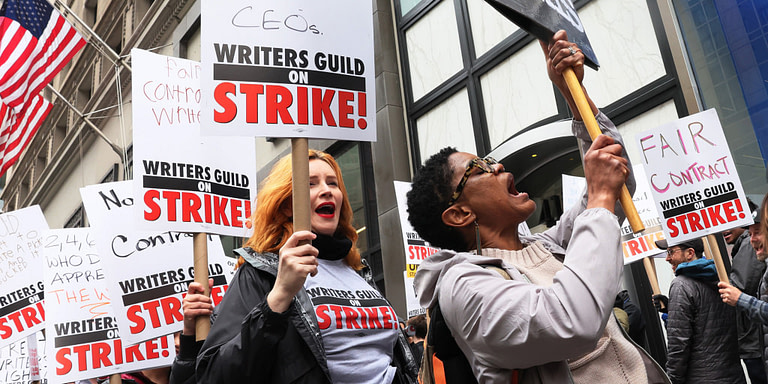-factory
The future of work is here, and it involves both humans and artificial intelligence (AI). Toyota recently announced that they are introducing AI into their factories to help with the production process. This move marks a major shift in how we think about the division of labor between people and machines.
Toyota’s new system uses AI to identify defects on car parts as they come off the assembly line. The AI then sends an alert to human workers who can take action quickly if needed. This allows for faster response times when problems arise, which helps keep production running smoothly. It also frees up human workers from having to manually inspect every part, allowing them to focus on other tasks or take breaks more often.
This isn’t just good news for Toyota; it could be a sign of things to come in many industries across the world. As technology advances, more companies may start using AI in their processes in order to increase efficiency and reduce costs associated with manual labor. In addition, this type of automation could lead to job creation as well since there will still need to be people managing these systems and ensuring everything runs smoothly.
At the same time, however, there are some concerns about how this kind of technology might affect employment levels overall—especially among lower-skilled jobs that require less training or education than those involving complex machinery like robots or computers do nowdays . While it’s true that some jobs may become obsolete due to automation , others may open up as a result too — such as positions related directly with overseeing automated systems or providing maintenance services for them . Additionally , research has shown that while certain types of jobs have been replaced by machines over time , new ones have emerged alongside them — meaning that overall employment numbers remain relatively stable despite technological advancements .
Overall , Toyota’s decision is indicative of what we can expect from businesses going forward : increased use of artificial intelligence coupled with continued reliance on human employees . By leveraging both technologies together , companies can create efficient processes while still maintaining high quality standards — all without sacrificing employee safety or satisfaction . And although there are certainly risks involved when implementing any sort of automation system into existing operations , done correctly these changes can ultimately benefit everyone involved by creating better working conditions for all parties concerned .
Axios






